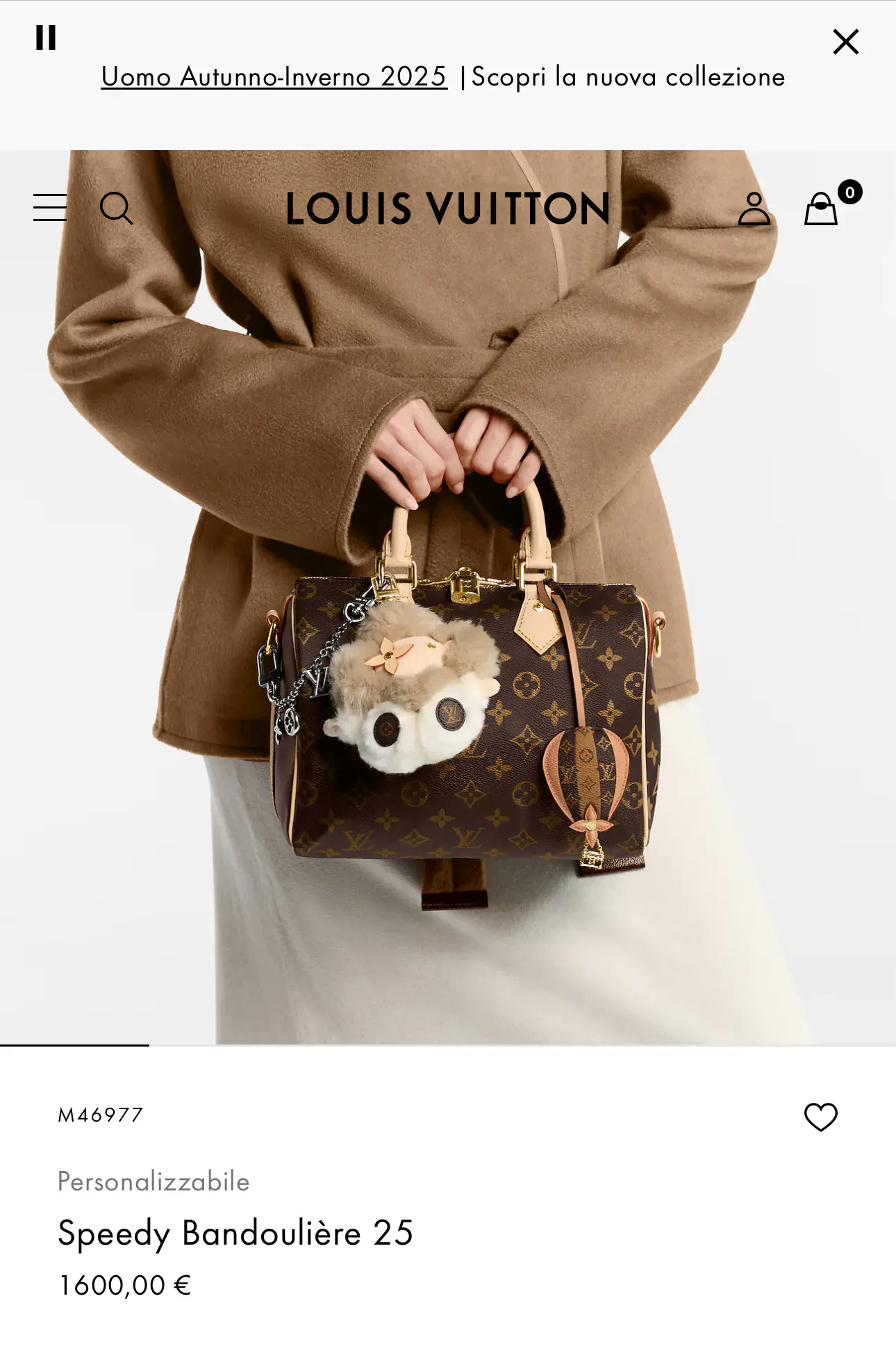S1 E25

WEEKLY NEWSLETTER FROM ANDREA BATILLA
WHAT IS LUXURY

The word luxury shares its root with luxuriant, which refers to a kind of vegetative excess that becomes something aesthetically beautiful. But it’s also linked to lust, a vice involving the irrational surrender to one’s basest instincts.
The concept of luxury has always been a tricky one in the West, as it constantly clashes with the moral values upheld by either the state or religion.
While Bacchanalia were orgiastic religious rites likely involving hallucinogens to get closer to the divine, Catholicism considers anything flashy and instinctual to be immoral and of the devil. That is, until the Baroque era came along in the 1600s—and with it, St. Peter’s Basilica, which isn’t exactly a landmark of minimalist asceticism.
Western luxury has a long and winding history, but what matters for us is that in our culture, it came to be defined by rarity, expense, uselessness, and sinfulness. These adjectives became so deeply ingrained that the late 19th-century art movement that reclaimed them in an anti-bourgeois, and therefore positive, light was called Decadentism.
As a society, then, we’re caught in a fragile balancing act with gold, frankincense, and myrrh, topazes, rubies, diamonds, and roaring handmade sports cars from Maranello. It was into this crack of instability that fashion officially entered in the early 20th century—turning luxury into its favorite mass-marketing weapon. A few decades later, American marketing of the 1950s—think Mad Men—coined the idea of perceived luxury: a range of items that aren’t truly luxurious, but are marketed as if they are. Then came Andy Warhol, who introduced the concept of infinite reproducibility in art, forever dismantling the notion that luxury requires uniqueness.
What happened over the course of the 20th century is that the idea of luxury liquefied—it now applies equally to a €70 coffee-table book or a €1,600 plastic handbag. But in Ancient Rome, the word prezioso (precious) was used very specifically to indicate something that cost a lot—not something that held high intrinsic value. Today, when we say “Your help is precious to me,” we’re using the word in a moral sense it didn’t originally have.
To read the rest of the post you need to subscribe. Through a paid subscription you will help me produce more contents.
SUBSCRIBE (S'ouvre dans une nouvelle fenêtre)
Déjà membre ? Connexion (S'ouvre dans une nouvelle fenêtre)


